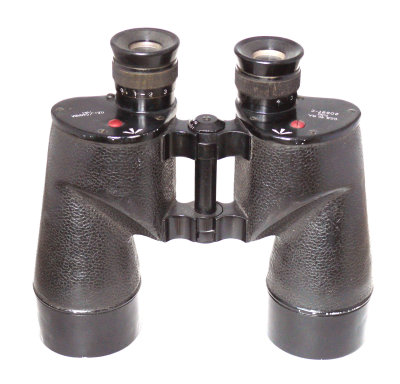

What’s more, soon after the WWII the American Zeiss subsidiary resumed their business until 60s of the twentieth century they imported devices both from Jena, Oberkochen and from Wetzlar.
E LEITZ WETZLAR BINOCULARS 8X30 SERIES
For example short series of binoculars marked as Opton and officially produced in Oberkochen in reality came from the plant in Jena. R E K L A M A -Īt the end of the 40s and the beginning of the 50s of the twentieth century the hopes to unify Germany still seemed real enough so the Zeiss factories in Oberkochen and Jena cooperated closely with each other. The funds are going to be used for paying our editorial team, renting servers, and equipping our testing studio only that way we will be able to continue providing you interesting content for free. If you enjoy our reviews and articles, and you want us to continue our work please, support our website by donating through PayPal. It was situated in Oberkochen (40 km east from Stuttgart) along with the Schott Glaswerke in Mainz. While the Russians were reorganizing the Jena factory a Carl Zeiss Stiftung foundation was created in the American zone and soon, in 1947, the Opton-Optische Werstatte Oberkochen GmbH factory emerged.

Despite that fact the factory was still able to produce small amounts of 8x30, 7x50 and 10x50 pairs of binoculars with individual focusing, mainly for military use.Ī pair of Porro Carl Zeiss 8x30 binoculars, produced around 1960. As a result, during just one year, about 90% of Jena equipment disappeared. Like the Americans, the Russians took away what they could find – machines, documentations and staff. In May 1945 the American Army started to withdraw from Jena, ceding the territory to the Russians their army entered at the end of June and the beginning of July. It concerned not only the factory itself but also the Schott company plants and also Jena University. That’s why, as soon as April 1945, the Americans started to move the equipment and documentation to Stuttgart, along with engineers and scientists.

According to the Jalta declarations Jena and other Zeiss plants were supposed to be situated in a zone controlled by the Russians only the Stuttgart factory was given to the Americans. According to eyewitnesses the factory, despite intensive air raids of the Allied Forces, was in a good shape. Patton entered Jena and occupied the Carl Zeiss Jena factory. In April 1945 the Third United States Army under command of George S. You can change your consents to the use of cookies at any given time. In this document you can find more information concerning browser settings and the way we and our social network, advertising and analytics partners process your data. If you fail to do so you should be aware that we are going to process your data according to our Privacy Policy. You can switch cookies off by adjusting your browser settings so if you donât agree with our cookie policy please, change your browser settings or leave our website.

Our partners might combine information, obtained on this site, with other data they get from you as you make use of their services while surfing the internet. Information about your browsing habits is shared with our social network, advertising and analytics partners. As in the case of almost all other websites, cookies help us to personalize ads, offering you the most relevant information, allow you to share pages with social networks, make our services work as you expect and, overall, help us to monitor and improve our performance.


 0 kommentar(er)
0 kommentar(er)
